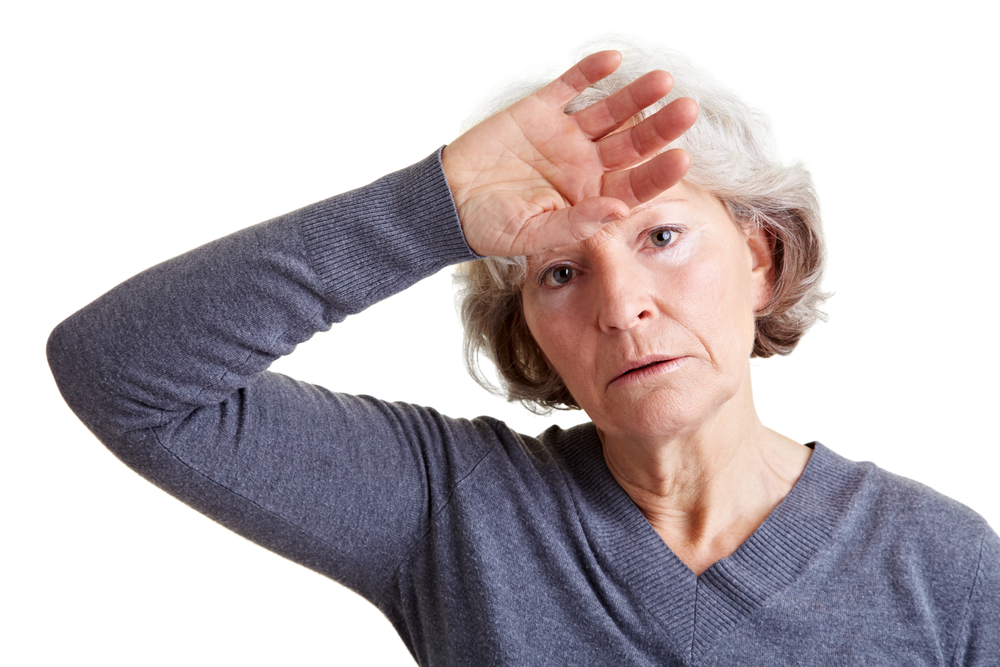Are untreated hot flashes just a sweaty irritant? Or, are they a sign of a more significant health risk?
Your Menopause Question: Are untreated hot flashes just a sweaty irritant? Or, are they a sign of a more significant health risk?
Our Response: Eighty percent of menopausal women experience some level of hot flashes, medically termed “vasomotor symptoms.” A quote from one patient describes the experience well: “My head started to sweat, the sweat ran down my face, my hair was soaked, and then my whole body was hot. I had to shower and change my clothes.”
The biology of hot flashes starts in an area of our brain called the hypothalamus, where a small group of neurons nicknamed “KNDy neurons” (for kisspepsin, dynorphin, and neurontin B) communicate with the adjacent heat center, which controls our body temperature. During the reproductive years when ovarian estradiol is plentiful, our heat center permits an approximately 0.4-degree fluctuation in body temperature without any bodily reaction. As the ovaries age and estradiol declines, our body’s tolerance to temperature fluctuation disappears. Any small increase in ambient temperature, as perceived by our skin receptors, then signals the brain to pump that “hot blood” to our skin, stimulate our sweat glands, and (in theory) cool the body. The hot flash is the result of this exaggerated response.
Since our great-grandmother’s era, hot flashes have always been a bother. But, over time, clinical studies have questioned whether untreated hot flashes are simply a nuisance or actually a sign of a more systemic risk. The results are concerning.
Based on a 2014 review of 500,000 Fortune 500 health insurance claims, work performance appears to be jeopardized as a result of untreated hot flashes. In that study 57% of indirect productive days were lost (mostly absenteeism).
Between 1996 and 1997, 3,302 premenopausal women ages 42 to 52 who were not on hormones were enrolled in the Study of Women’s Health Across the Nation (SWAN). This ongoing study found a greater than two-fold increase in later cardiovascular events if hot flashes were prevalent when compared to those women with fewer hot flashes.
The Women’s Health Initiative (WHI) study of 4,867 women found that those with significant hot flashes experienced greater bone loss and an increased risk of hip fractures, both reflecting osteoporosis risk. In that same study, women with initial negative mammograms at recruitment who experienced significant hot flashes and were followed for 17.9 years had a 13% increase in later breast cancer.
What do these observations suggest? Whether by complementary, non-hormonal, or hormonal treatments, care providers should query all women in the menopause transition or in early menopause for frequency of hot flashes and initiate treatment when the answer is “frequent.”
James Woods | 11/6/2020




